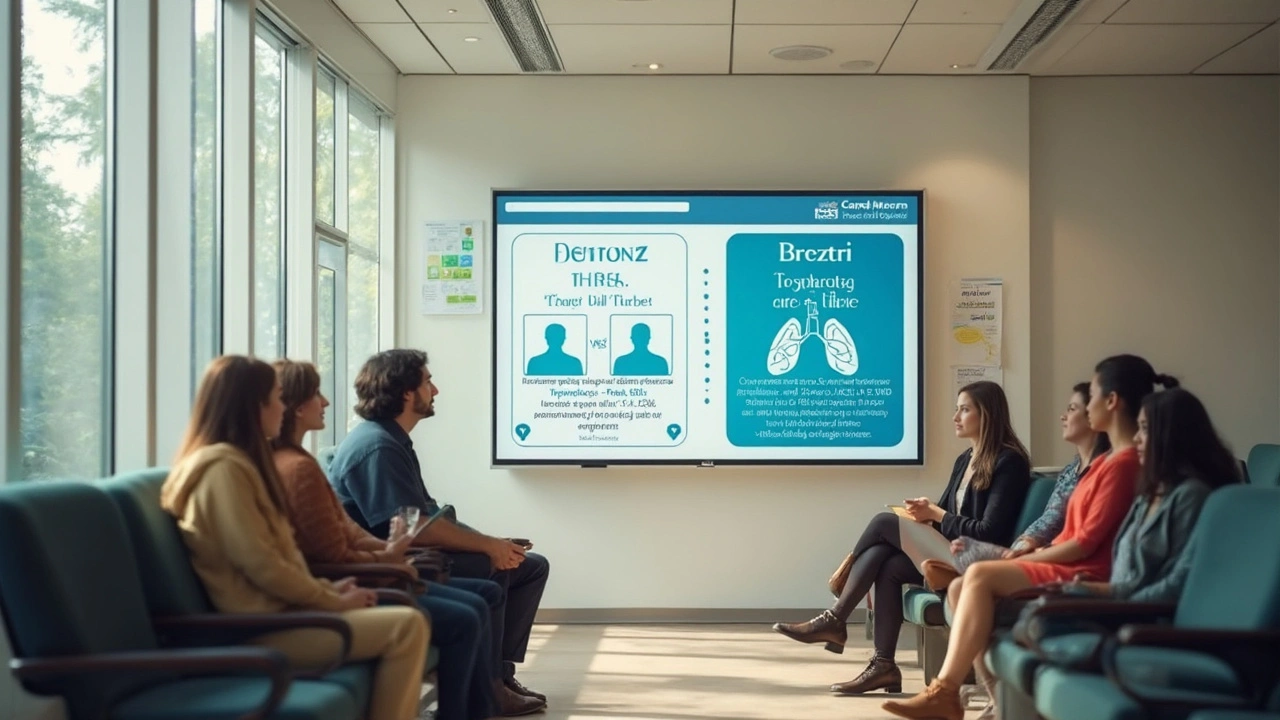COPD inhaler alternatives: what to try when inhalers aren’t enough
Running out of benefit from a rescue or daily inhaler is frustrating. Good news: inhalers aren’t your only option. Depending on symptoms and COPD stage, doctors can offer other tools that cut breathlessness, reduce flare-ups, and improve daily life. Below are practical alternatives, when they help, and what to ask your clinician.
Common medical alternatives
Nebulizers: These turn liquid medicine into a mist you breathe in. Nebs are useful if you struggle with inhaler technique, have weak hand strength, or need higher doses during an exacerbation. They deliver the same bronchodilators or steroids as inhalers but over several minutes.
Oral medications: Some pills target inflammation or airway narrowing. Roflumilast (a phosphodiesterase-4 inhibitor) can lower flare-up risk for people with chronic bronchitis and frequent exacerbations. Theophylline is an older option that relaxes airways but needs blood monitoring due to side effects and interactions. Oral steroids are used short-term for flare-ups, not long-term maintenance.
Long-term oxygen therapy: If blood oxygen stays low (measured by pulse oximetry or blood gas), supplemental oxygen can improve energy, sleep, and survival for selected patients. Portable concentrators make oxygen more manageable outside the home.
Non-drug medical options: Pulmonary rehabilitation pairs exercise training, breathing strategies, and education. People often report less breathlessness and better stamina after an 6–8 week program. Airway clearance devices (flutter, Acapella) help clear mucus if you have productive cough and retained secretions.
Procedures, lifestyle fixes, and red flags
Surgical options exist for advanced disease: lung volume reduction surgery, endobronchial valves, or lung transplant. These are serious steps reserved for specific candidates after thorough evaluation at a specialized center.
Never underestimate basic but powerful steps: stop smoking, get vaccinated (flu, COVID, pneumococcal), manage weight, and do breathing exercises like pursed-lip breathing. These measures cut flare-ups and improve daily comfort.
How to pick the right path? Match the option to the problem: use nebulizers or oral meds for symptom control, oxygen if your saturation is low, rehab for fitness and symptom self-management, and surgery only after specialist review. Always weigh benefits against side effects—roflumilast can cause stomach upset and weight loss; theophylline needs blood checks; oxygen requires safety planning.
Practical next steps: track symptoms and exacerbations, bring inhaler technique questions to your next visit, ask for a pulse oximetry check or arterial blood gas if you feel persistently low on energy, and request a pulmonary rehab referral. If you’re considering oral drugs or surgery, ask about expected gains, monitoring needs, and lifestyle impact.
If an option sounds promising, talk it through with your pulmonologist or primary care provider. They’ll help tailor choices to your lungs, overall health, and daily life—so you breathe easier and stay more active.

